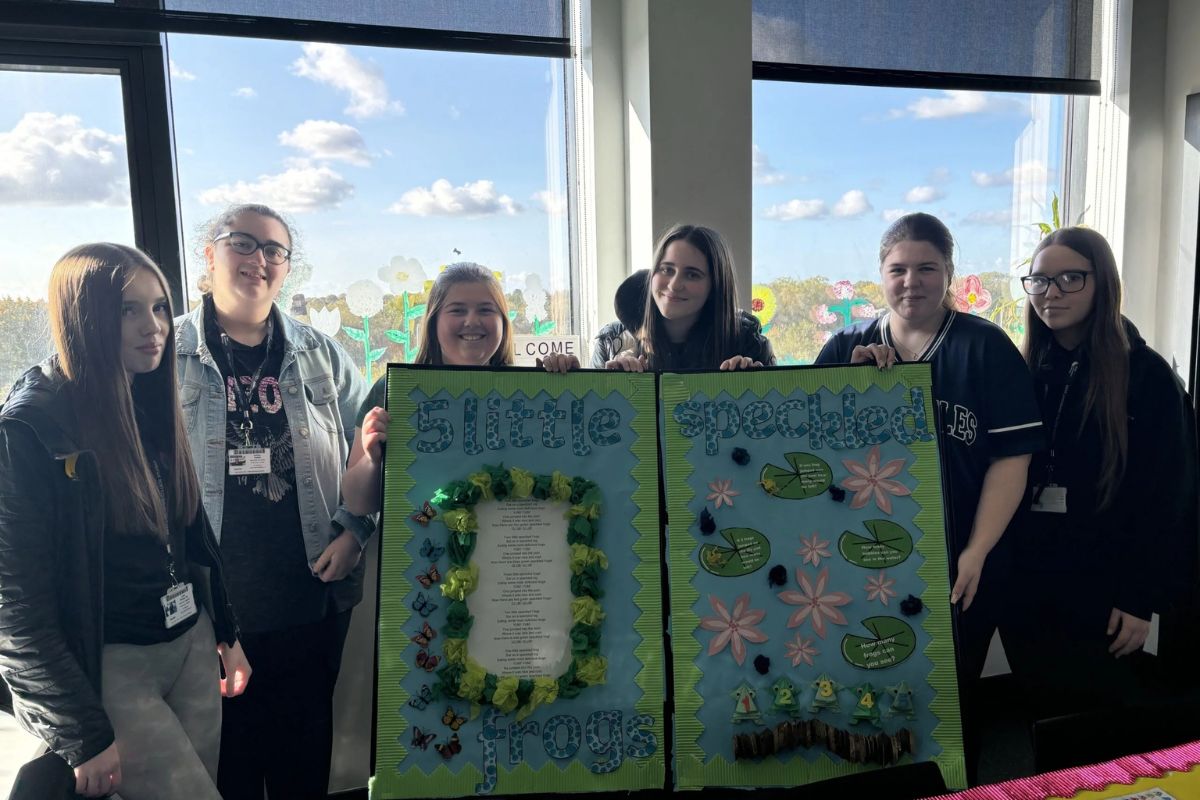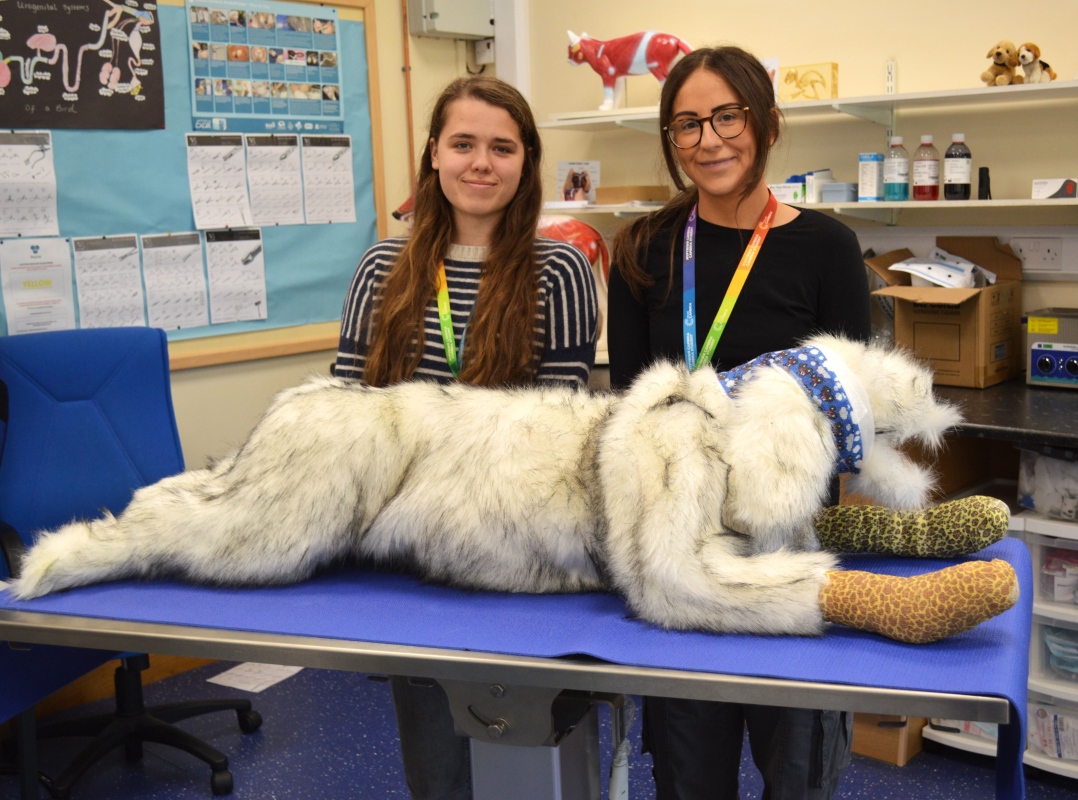Aviation customer service operative

KSBs
Knowledge
K1: Relevant industry-specific regulations, legislation, and procedures appropriate to the aviation sector Back to Duty
K2: The importance of following legislation, monitoring compliance and the completion of legal documentation Back to Duty
K3: The aviation systems and operational procedures used. Back to Duty
K4: Prohibited articles relevant to aviation operations and how to deal with them effectively Back to Duty
K5: Own role within the wider aviation team and how it contributes to achieving objectives Back to Duty
K6: Methods to identify and respond to individuals’ needs and abilities in different situations and communicate with others and colleagues from a diverse range of backgrounds and cultures Back to Duty
K7: Effective communication methods to transfer relevant information to people Back to Duty
K8: The importance of communications and customer service to the organisation Back to Duty
K9: Emergency procedures (including fire, breaches of security, acts of aggression), common incidents and disruption that may occur in an aviation environment and the appropriate action to take in the event of an incident Back to Duty
K10: The procedure for dealing with unauthorised access in a restricted area Back to Duty
K11: The requirements for and characteristics of passport, visas and other statutory or travel documentation Back to Duty
K12: Travel documentation requirements for acceptance to travel, including electronic systems of prompts and messages Back to Duty
K13: The check-in process and procedures Back to Duty
K14: The boarding, departure and arrival process, including premium services such as lounge access and priority boarding, arrivals, and passenger movement Back to Duty
K15: The regulatory requirements governing the arrivals process of passenger services Back to Duty
K16: The required assistance and adaptations needed to facilitate passengers with additional needs while in transit through the airdrome Back to Duty
K17: How to identify faults or errors and the remedial action to take. Back to Duty
Skills
S1: Comply with all aviation regulations, work within legislative guidelines and procedures. Back to Duty
S2: Complete and maintain documentation to meet current legislative aviation guidelines Back to Duty
S3: Use aviation systems effectively. Back to Duty
S4: Adapt to different circumstances whilst maintaining customer service standards and remaining polite, helpful and customer focused Back to Duty
S5: Adhere to procedures for identification and safe handling of dangerous goods Back to Duty
S6: Work effectively as part of a team and with others identifying and responding to the needs of individuals, including colleagues, other organisations/stakeholders or customers Back to Duty
S7: Communicate effectively transmitting and receiving information and recording it as required Back to Duty
S8: Take appropriate action in the event of an incident, disruption or emergency, liaising with relevant people and recording actions and outcomes as required Back to Duty
S9: Interpret and scrutinise travel documentation Back to Duty
S10: Identify passenger anomalies and report to the line manager in accordance with relevant regulations Back to Duty
S11: Correctly check-in all booked passengers and baggage Back to Duty
S12: Carry out the boarding functions, ensuring accurate head counts and security and pre-boarding briefs and passenger handling duties Back to Duty
S13: Communicate with flight crew regarding customer and other requirements for example; passengers with restricted movements Back to Duty
S14: Deal with the required documents and health related items and the processing channels for these Back to Duty
S15: Identify and use the correct handling method by using IATA PRM codes or via another applicable means of communication Back to Duty
S16: Take remedial action upon identification of faults or errors in a timely manner. Back to Duty
Behaviours
B1: Has a proactive approach to work Back to Duty
B2: Be a positive role model to others in attitude to work and how it is undertaken Back to Duty
B3: Treat team, customers and other stakeholders with courtesy and respect Back to Duty
B4: Remain focused when a problem arises so that effective and timely decisions can be made Back to Duty
B5: Work responsibly to keep people safe and operations flowing smoothly, complying with working practices Back to Duty
B6: Treat equipment and technology responsibly and effectively Back to Duty
B7: Seeks to treat work areas and equipment with care at all times Back to Duty
B8: Consistently driven to achieve the vision and objectives of the organisation Back to Duty











Responses